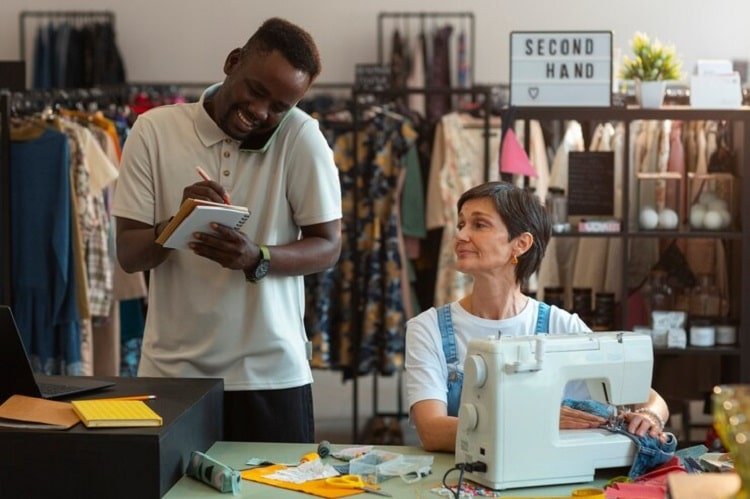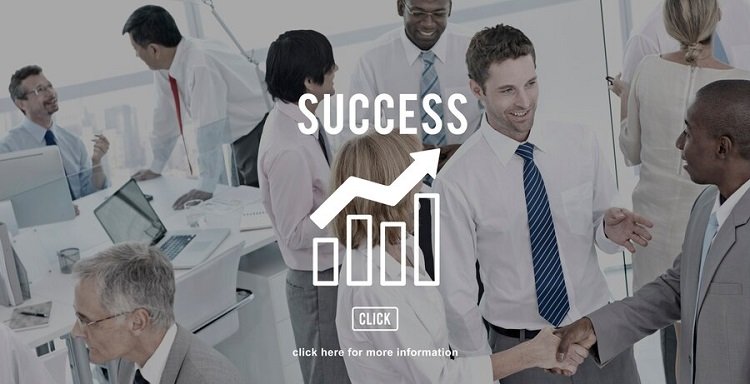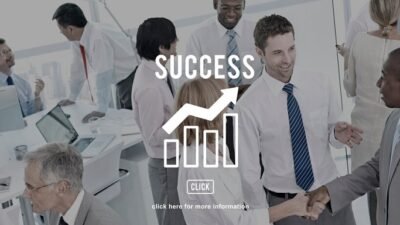
In today’s ever-evolving business landscape, sustainability is no longer just a buzzword; it’s a necessity for long-term success. As consumers and stakeholders become increasingly eco-conscious, businesses that fail to embrace sustainable practices risk losing their competitive edge. Building a sustainable business model is a strategic imperative that can drive innovation, reduce costs, and create a positive impact on the environment and society.
Key Takeaways
- Deconstruct products and services to identify areas for sustainability improvement.
- Optimize business processes by mapping out operations and examining the supply chain.
- Foster a culture of sustainability by empowering and training employees.
- Embrace sustainable business model innovation to create new opportunities and drive resilience.
- Learn from real-world examples of companies successfully implementing sustainable practices.
- Overcome challenges and barriers by understanding the complexities of measuring sustainability.
Alright, let’s dive into the world of sustainable business practices! Essentially, sustainability in business refers to the integration of environmental, social, and economic considerations into a company’s operations and decision-making processes. It’s about creating long-term value for stakeholders while minimizing negative impacts on the environment and society.
Building a sustainable business model is a strategic approach that aims to align a company’s products, services, and operations with sustainability principles. It’s not just a passing fad; it’s a necessity for businesses to thrive in today’s eco-conscious world.
So, what does it take to build a sustainable business model? Buckle up, folks, ’cause we’re about to embark on a journey that’ll cover key steps like deconstructing products and services, optimizing business processes, fostering a culture of sustainability, and embracing sustainable business model innovation. By the end, you’ll have a solid understanding of how to create a more sustainable and resilient business.
Deconstruct Products and Services
The first step in building a sustainable business model is to take a good, hard look at your products and services. It’s time to roll up your sleeves and deconstruct them from a sustainability perspective.
Think of it like this: imagine you’re an engineer, and you’re tasked with redesigning a car to be more eco-friendly. You’d need to break it down into its components, analyze the materials used, and identify areas for improvement. The same principle applies to your products and services.
Listing Format:
Here’s a simple process to deconstruct your offerings:
-
- Break down your products or services into their key components and materials.
- Evaluate the environmental impact of each component throughout its lifecycle.
- Identify opportunities to reduce waste, use sustainable materials, or improve energy efficiency.
- Redesign or modify components to enhance sustainability without compromising quality or functionality.
- Test the changes and communicate the improvements to your customers.
Deconstructing your offerings is just the first step. It’s also crucial to involve your customers and stakeholders in the process. After all, they’re the ones who’ll be using and experiencing your sustainable products or services. Be transparent about your sustainability efforts and seek their feedback – it’ll not only build trust but also help you refine your approach.
Business Process Optimization
Sustainable business practices go beyond just the products and services you offer. It’s about optimizing your entire business operations to minimize environmental impact and maximize efficiency.
Imagine your business as a well-oiled machine, with each process representing a cog in the system. By mapping out these processes and identifying areas for improvement, you can streamline operations while reducing waste and energy consumption.
-
Table Format:
Here’s a simple framework to help you get started:
| Process | Sustainability Considerations | Potential Improvements |
|---|---|---|
| Manufacturing | Energy consumption, waste generation, material sourcing | Switch to renewable energy sources, implement lean manufacturing techniques, source sustainable materials |
| Logistics | Fuel consumption, emissions, packaging | Optimize transportation routes, adopt eco-friendly packaging, transition to electric vehicles |
| Office Operations | Energy use, paper consumption, waste management | Switch to energy-efficient equipment, implement paperless processes, promote recycling and composting |
But that’s not all, folks! Don’t forget to examine your supply chain from a sustainability lens. Collaborate with your suppliers to ensure they’re adhering to sustainable practices and minimizing their environmental footprint. After all, their actions directly impact your business’s overall sustainability.
Focus on People
Alright, let’s talk about the heart and soul of any sustainable business model: the people. You can have the most brilliant sustainability strategies, but without the right people on board, implementing them will be an uphill battle.
First things first, you need to foster a culture of sustainability within your organization. This means empowering your employees to embrace sustainable practices and providing them with the necessary resources and training.
Imagine a workplace where sustainability is ingrained in every decision, every process, and every interaction. That’s the kind of environment you want to cultivate. Encourage open dialogue, celebrate sustainable achievements, and make sustainability a core value that permeates every level of your business.
But it’s not just about your internal team. Sustainability is a collaborative effort that involves all stakeholders, including suppliers, customers, and the local community. Engage with them, seek their input, and work together to create a more sustainable future.
Sustainable Business Model Innovation
Alright, now we’re getting to the juicy part: sustainable business model innovation. This is where the real magic happens, folks!
Think of it like this: traditional business models were designed with a singular focus on profitability, often at the expense of the environment and society. But sustainable business model innovation flips that script, integrating environmental and social considerations into the core of your business strategy.
By embracing sustainable practices, you’re not just doing good for the planet; you’re creating new opportunities for growth, innovation, and competitive advantage. Sustainability can drive product and service innovation, open up new markets, and strengthen customer loyalty.
For example, imagine a fashion brand that adopts a circular business model, where clothes are designed for durability, reuse, and recycling. Not only does this reduce waste and environmental impact, but it also creates a unique value proposition for eco-conscious customers.
Or consider a tech company that develops energy-efficient software solutions, helping businesses reduce their carbon footprint while saving money on energy costs. See? Sustainability and profitability can go hand in hand.
Examples and Case Studies
Alright, enough theory – let’s dive into some real-world examples of companies that have successfully implemented sustainable business models.
Take Patagonia, for instance. This outdoor apparel brand has been a pioneer in sustainability, using recycled materials, implementing fair labor practices, and encouraging customers to repair and reuse their products. Their commitment to sustainability has not only reduced their environmental impact but also fostered a loyal customer base and a strong brand reputation.
Another great example is Unilever, the multinational consumer goods company behind brands like Dove, Lipton, and Ben & Jerry’s. Unilever has set ambitious sustainability goals, such as becoming carbon-positive by 2030 and ensuring all their plastic packaging is fully reusable, recyclable, or compostable by 2024. They’ve also launched eco-friendly product lines like Love Beauty and Planet, catering to consumers who prioritize sustainability.
These companies demonstrate that sustainable business practices can drive financial performance, enhance brand reputation, and create a positive impact on the environment and society.
Challenges and Barriers
Now, let’s address the elephant in the room: implementing sustainable business models comes with its fair share of challenges and barriers.
One of the biggest hurdles is measuring sustainability. How do you quantify and track your environmental and social impact? There’s no one-size-fits-all approach, and the metrics are constantly evolving. But that’s not a reason to shy away from sustainability; it’s an opportunity to stay ahead of the curve and continuously improve your practices.
Another challenge is the sustainability transition itself. Shifting towards a sustainable business model can be a complex and daunting process, requiring significant changes in operations, mindsets, and corporate culture. But fear not, my friends! With proper planning, stakeholder engagement, and a unwavering commitment, these obstacles can be overcome.
Let’s not forget about the potential financial barriers, either. Implementing sustainable practices can sometimes come with upfront costs, which can be a deterrent for businesses, especially smaller ones. However, the long-term benefits – such as cost savings from resource efficiency, access to new markets, and enhanced brand reputation – often outweigh the initial investment.
Conclusion
Whew, that was quite a journey, wasn’t it? We’ve covered the importance of building sustainable business models, the key steps involved, real-world examples, and even the challenges you might face along the way.
But here’s the takeaway: sustainability is no longer a nice-to-have; it’s a business imperative. By embracing sustainable practices, you’re not just doing your part for the planet; you’re future-proofing your business and positioning yourself for long-term success.













